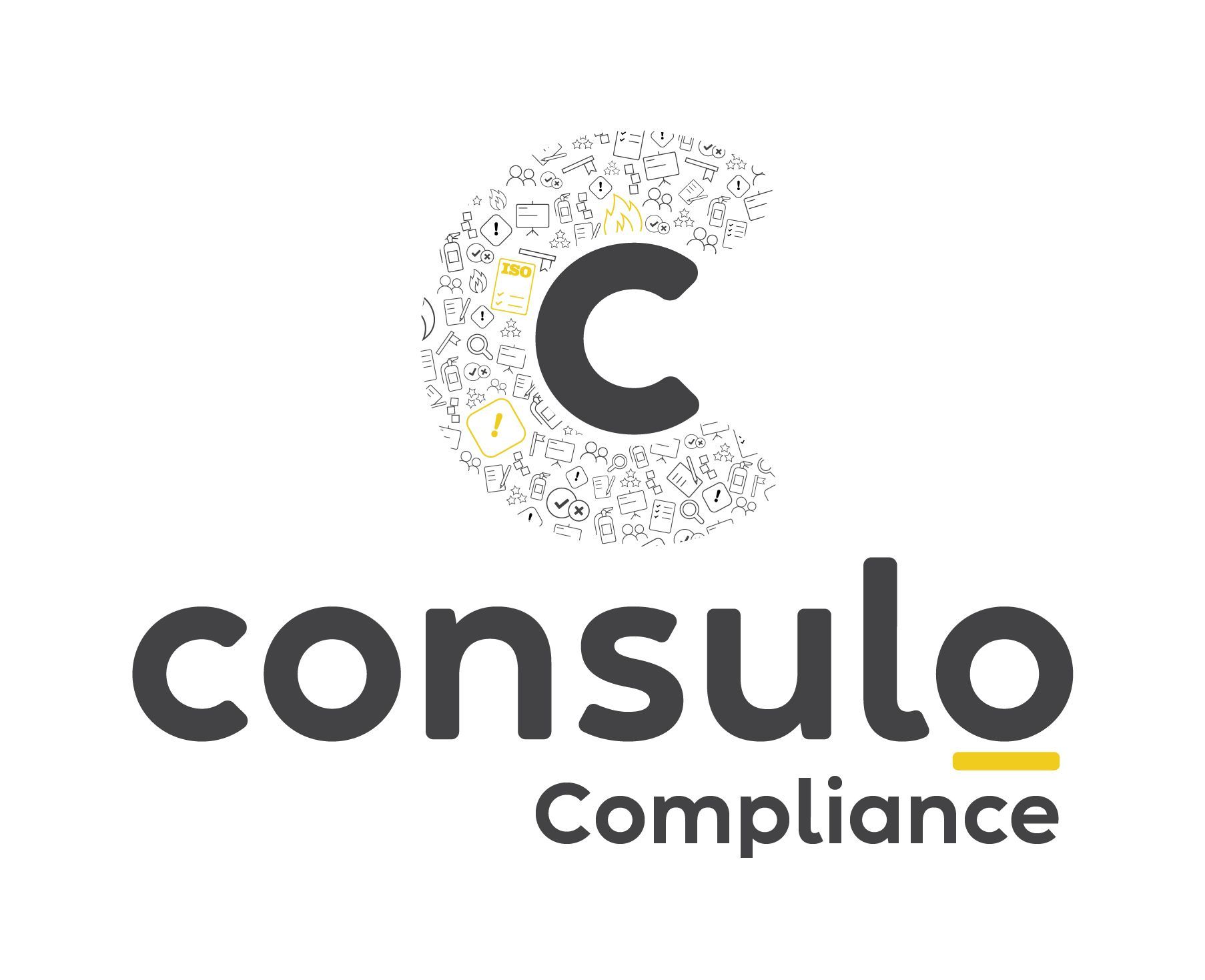The Dangers of Asbestos in Schools: Protecting Staff and Students
Yet again, the press leads the charge on protecting future generations from exposure to asbestos
Asbestos, a highly hazardous material, has long been a cause for concern in schools across the UK. The presence of asbestos in educational buildings poses a significant risk to the health and wellbeing of both staff and students. With over 10,000 reported deaths attributed to asbestos exposure in the last four decades, it is crucial for schools to take proactive measures to manage this silent killer. In this comprehensive guide, we will explore the dangers of asbestos, its prevalence in schools, and the importance of effective asbestos management.
Understanding Asbestos: A Hidden Danger
Asbestos is a naturally occurring fibrous material that was widely used in construction for its heat resistance and durability. It was commonly found in various building materials, including insulation, ceiling tiles, floor tiles, and pipe insulation. While its use was banned in 1999, many older buildings, including schools, still contain asbestos.
When asbestos-containing materials (ACMs) are damaged or disturbed, microscopic fibres are released into the air. Inhalation of these fibres can lead to serious health issues, including lung cancer, mesothelioma, and asbestosis. The latency period for these diseases can be decades, making early detection and prevention vital.
The Alarming State of Asbestos in Schools
A Sunday Times investigation revealed that more than 20,000 schools in Britain still have asbestos present within their premises. Startlingly, the report compiled by Start Software, in collaboration with leading asbestos consultancies such as Consulo Compliance, highlights that over 750,000 out of 1.3 million anonymized asbestos samples taken from buildings across the UK were found to be damaged. Of these, approximately 93,000 samples showed severe damage.
Furthermore, the report emphasizes that 55% of the asbestos found in schools is in poor condition. This alarming statistic raises concerns about the safety and well-being of students and staff members who are being exposed to these deteriorating ACMs on a daily basis.
The Impact on Health: Risks and Consequences
Exposure to asbestos poses severe health risks, particularly in an educational setting where students spend a significant portion of their day. Asbestos fibres can easily become airborne when disturbed, leading to inhalation and subsequent health complications.
The primary diseases associated with asbestos exposure include mesothelioma, lung cancer, and asbestosis. Mesothelioma, a rare and aggressive cancer affecting the lining of the lungs and other organs, is almost exclusively caused by asbestos exposure. Lung cancer, another deadly consequence of asbestos exposure, can develop years or even decades after exposure. Asbestosis, a chronic lung condition, causes scarring and fibrosis of lung tissue, leading to breathing difficulties and reduced lung function.
The Urgent Need for Effective Asbestos Management
Given the grave risks associated with asbestos exposure, it is imperative for schools to prioritise effective asbestos management. Consulo Compliance, a leading provider of asbestos management solutions, specialises in helping schools mitigate the risks posed by this hazardous material. By implementing comprehensive asbestos management strategies, schools can ensure the safety and well-being of their staff and students.
Identifying and Managing Asbestos in Schools
To effectively manage asbestos in schools, it is essential to first identify the presence of asbestos-containing materials. Asbestos surveys, conducted by qualified professionals, assess, and document the location and condition of ACMs within a building. These surveys are crucial for creating an asbestos register and formulating an effective asbestos management plan.
Once the presence of asbestos is confirmed, it is vital to implement measures to prevent accidental disturbance or damage. This includes proper signage, regular inspections, and ongoing monitoring of ACMs. Training staff members and students about the dangers of asbestos and how to handle potential asbestos-containing materials is also essential.
Removal vs. Encapsulation: Choosing the Right Approach
When dealing with asbestos in schools, the decision to remove or encapsulate ACMs depends on various factors, including the condition, location, and accessibility of the materials. While complete removal may be the most effective long-term solution, it can be disruptive and costly.
Encapsulation, on the other hand, involves sealing or covering ACMs to prevent fibre release. This method can be suitable for managing asbestos in situ, provided regular monitoring and maintenance regimens are in place.
The Role of Compliance and Regulation
Compliance with asbestos regulations is crucial for schools to ensure the safety of their premises. The Control of Asbestos Regulations 2012 outlines the legal obligations and responsibilities of duty holders, including school authorities, regarding asbestos management. Compliance involves conducting regular risk assessments, implementing control measures, and keeping accurate records.
Additionally, schools must appoint a competent person or asbestos management company to oversee the management and monitoring of asbestos within their premises. This ensures that all necessary measures are in place to protect staff and students from potential exposure.
Raising Awareness and Advocating for Change
The alarming state of asbestos in schools necessitates a collective effort to raise awareness and advocate for change. It is crucial for schools, parents, teachers, and policymakers to unite in demanding safer learning environments for students. By highlighting the dangers of asbestos and the urgent need for comprehensive asbestos management, we can drive positive change and protect future generations from the devastating consequences of asbestos exposure.
Conclusion: Prioritising Safety in Schools
The presence of asbestos in schools poses a significant threat to the health and well-being of staff and students alike. With thousands of school buildings still containing this deadly material, it is crucial to take proactive measures to manage the risks effectively. By prioritising asbestos management, raising awareness, and advocating for change, we can ensure safer learning environments for current and future generations. Consulo Compliance stand ready to support schools in their mission to protect staff and students from the dangers of asbestos.
Remember, the key to effective asbestos management is early detection, comprehensive risk assessments, and ongoing monitoring. By working together, we can create a safer future for our schools and communities.










